Funding and Partners
Background
G-ADOPT was initiated and funded within the Australian Research Data Commons (ARDC) 2020 platforms program, which invested in platforms that would transform the way research is conducted in various disciplines. G-ADOPT is short for ‘Geoscientific ADjoint Optimization PlaTform’. At first, though, the ‘G’ stood for ‘Geodynamic’ when the platform had a tighter focus. G-ADOPT is now applied across many branches of geosciences, including groundwater simulation, optimisation for renewable energy generation, and Earth's response to melting polar ice sheets. In 2023, the platform received funding from AuScope to focus, in particular, on the latter challenge.
Specific Funding Awards and Grants
-
2020 — ARDC Platform Grant — Geodynamic ADjoint Optimization PlaTform (PL031) Funding: A$1,355,492. Purpose: To develop transformational new research software infrastructure for inverse geodynamical simulation. CIs: D. R. Davies (ANU), S. Ghelichkhan (ANU), K. Czarnota (GA), D. Müller (USyd), S. C. Kramer (Imperial College London), D. Ham (Imperial College London), S. Funke (Simula Research Laboratories), P. E. Farrell (Oxford University), M. Sambridge (ANU), M. Seton (USyd), S. D. B. Goes (Imperial College London), B. Evans (NCI), T. Rawling (AuScope).
-
2022 — Australian Centre for Excellence in Antarctic Science (ACEAS) — Simulating Glacial Isostatic Adjustment in Firedrake Funding: ~A$600,000. Purpose: To develop G-ADOPT research software infrastructure for simulating Glacial Isostatic Adjustment (GIA) and solid Earth impacts on sea level. CIs: D. R. Davies (ANU), M. J. Hoggard (ANU), S. Ghelichkhan (ANU), A. Gibson (ANU), W. Scott (ANU).
-
2023 — AuScope 2023 NCRIS Research Infrastructure Investment Plan (RIIP) — Coastal Research Infrastructure (CoastRI) Funding: A$1,418,350. Purpose: To support development and maintenance of G-ADOPT’s research software infrastructure for simulating Glacial Isostatic Adjustment (GIA) and solid Earth impacts on sea level (for example, through dynamic topography). CIs: D. R. Davies (ANU), M. J. Hoggard (ANU), S. Ghelichkhan (ANU), S. C. Kramer (Imperial College London), A. Gibson (ANU), A. Hogg (ACCESS-NRI), T. Rawling (AuScope).
-
2024 — ANU Institute for Water Futures (IWF) Funding: ~A$500,000. Purpose: To develop G-ADOPT-based research software infrastructure for digital twins of groundwater systems. CIs: S. Ghelichkhan (ANU), D. R. Davies (ANU), A. Gibson (ANU).
Partners

 AuScope provides geoscientists with a world-class research ‘toolkit’ to help tackle Australia’s key geoscience challenges and improve Australian life and the environment. AuScope is funded by the Australian Government's National Collaborative Research Infrastructure Strategy (NCRIS).
AuScope provides geoscientists with a world-class research ‘toolkit’ to help tackle Australia’s key geoscience challenges and improve Australian life and the environment. AuScope is funded by the Australian Government's National Collaborative Research Infrastructure Strategy (NCRIS).




 The consequences of changes in the Antarctic, including sea-level rise, extreme weather events, alterations to rainfall patterns, and fisheries impacts, will be profoundly costly to Australia. However, the speed and scale of future change remains poorly understood. The Australian Centre of Excellence in Antarctic Sciences (ACEAS) will combine new field data with innovative models to revolutionise predictions of the future of the East Antarctic and Southern Ocean.
The consequences of changes in the Antarctic, including sea-level rise, extreme weather events, alterations to rainfall patterns, and fisheries impacts, will be profoundly costly to Australia. However, the speed and scale of future change remains poorly understood. The Australian Centre of Excellence in Antarctic Sciences (ACEAS) will combine new field data with innovative models to revolutionise predictions of the future of the East Antarctic and Southern Ocean.